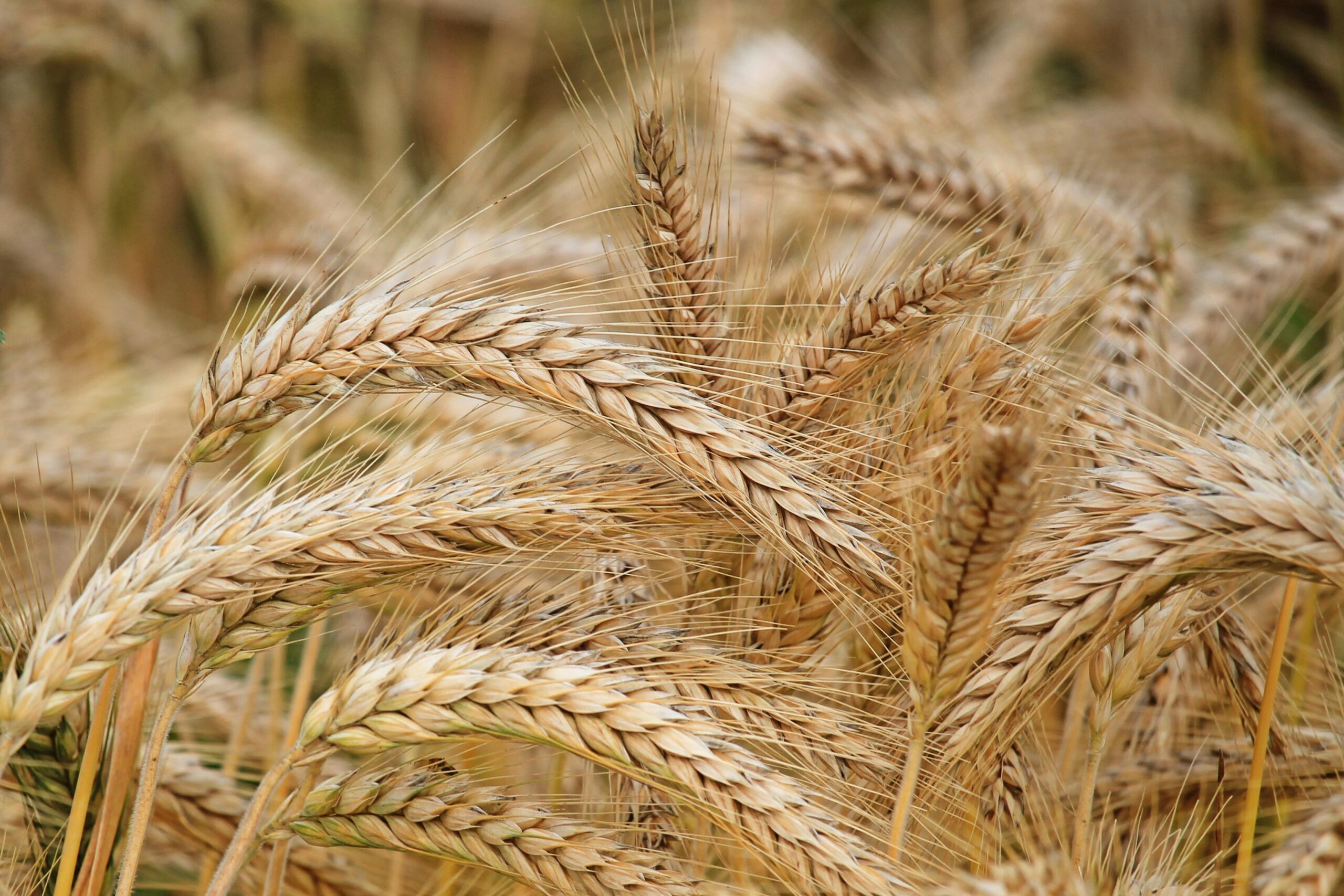Ukraine is engaged in a high-stakes effort to maximize grain exports this summer, capitalizing on recent military gains in the Black Sea region. Despite facing relentless Russian attacks on key ports, the country is determined to capitalize on this window of opportunity.
Grain sales are a vital revenue stream for Ukraine, particularly as global prices remain weak. Farmers, facing financial constraints, are under pressure to export their produce to fund the upcoming winter sowing season.
Export Surge Amidst Adversity
In a remarkable achievement, Ukraine doubled its food exports in July compared to the previous year, reaching over 4.2 million metric tons. This surge occurred despite intensified Russian attacks on Odesa and Izmail, two critical export hubs.

While specific export destinations for July have not been released, historical data indicates that Spain, Egypt, and Indonesia were major importers of Ukrainian wheat, while Spain and China were primary destinations for corn.
However, this export boom may be short-lived. This year’s grain harvest has been significantly impacted by the war, raising doubts about the sustainability of such high export volumes throughout the 2024/25 season.
Overcoming Obstacles
To facilitate exports, Ukraine has established a shipping corridor following the collapse of the UN-backed Black Sea grain export initiative. The relocation of Russia’s Black Sea Fleet has improved the security situation, leading to lower insurance and freight rates.
Nevertheless, challenges persist. Ukraine’s accessible ports remain vulnerable to Russian attacks, with infrastructure bearing the brunt of the assaults. Despite these risks, ships have managed to operate without major incidents, thanks in part to naval support and strict safety protocols.
Economic Implications and Future Outlook
The successful operation of the sea corridor has enabled the shipment of 57.7 million tons of cargo to 46 countries, including 39 million tons of agricultural products. However, the ongoing conflict has introduced additional costs for shipping companies in the form of war risk premiums.
The insurance industry is closely monitoring the situation. Increased attacks on port facilities could lead to higher insurance rates, further impacting Ukraine’s export capabilities.
As the war drags on, the long-term outlook for Ukraine’s grain exports remains uncertain. A significant decline in production, coupled with the ongoing security risks, could severely curtail the country’s ability to contribute to global food supplies.

















